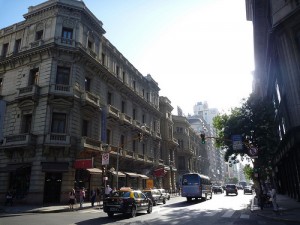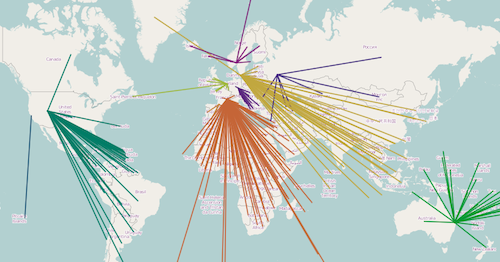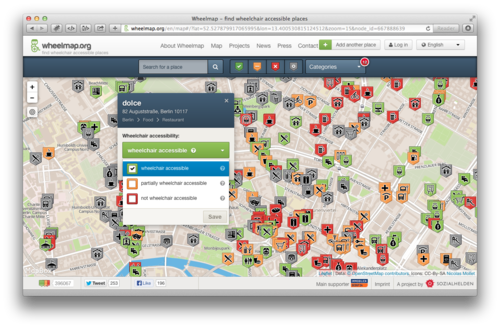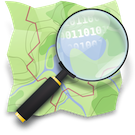
Simon Poole
OpenStreetMap Foundation Chairman
It’s customary at the end of the year and at the start of a new to reflect on what has been achieved and highlight noteworthy events in the past year. For OpenStreetMap 2013 would seem to me to be the year in which using our data is no longer extraordinary, but normal.
Over the course of the year we have seen devices from Bosch, Garmin and others being announced or delivered ex factory with OSM based maps, and we’ve seen a number of media houses switch to using OSM for their online publications. None of these seemed to be perceived as earth shattering, just matter of fact. The downside is that we have to actively remind ourselves that we, a small free and open project, are achieving astounding inroads in to an area of activity otherwise open only to governments and multi-billion dollar corporations.
For old hands 2013 is more likely to be noteworthy for two quite visible changes. One was the introduction of the new default editor iD. I would like to take the opportunity and specially thank the authors of previous default Potlatch 1 and 2 that are so closely coupled to the success of OpenStreetMap and which have served us, and continue to do so, well over many years.
The other change naturally was the deployment of the web site redesign replacing the sidebar and tab layout with the current design. If archive.org is to be believed the previous layout had been with us since December 2005 and it was not a surprise that there was some turmoil and emotions accompanying the change.
At the end of the year our special thanks should also go to the volunteers that keep our infrastructure running and further to all contributors big and small that make OpenStreetMap what it is.
From the perspective of the OpenStreetMap Foundation among our goals for 2014 are formalizing the relationship with our national and thematic organisations and to stabilizing our funding model going forward.
The project as a whole continues to show healthy growth both in coverage, participants, quality and usage. If I was personally asked what we need to consciously add more of, instead of just doing what we always do, I would point to address collection. While we added up to an incredible 1 million addresses per month in 2013 we really need to increase this a bit and while, naturally, some of this will come from imports, just walking around a block and jotting down the house numbers every time we are somewhere new could greatly increase the rate at which we approach the goal of including a free address dataset in the OSM data.
On this note, I wish everybody a happy new year and have a fun 2014 mapping.
 After being in Europe, North America and Asia, it is time to explore yet another continent. We’re happy to announce that the 8th international State of the Map 2014 conference will be held in Buenos Aires, Argentina (map) on November 7th – 9th.
After being in Europe, North America and Asia, it is time to explore yet another continent. We’re happy to announce that the 8th international State of the Map 2014 conference will be held in Buenos Aires, Argentina (map) on November 7th – 9th. 



